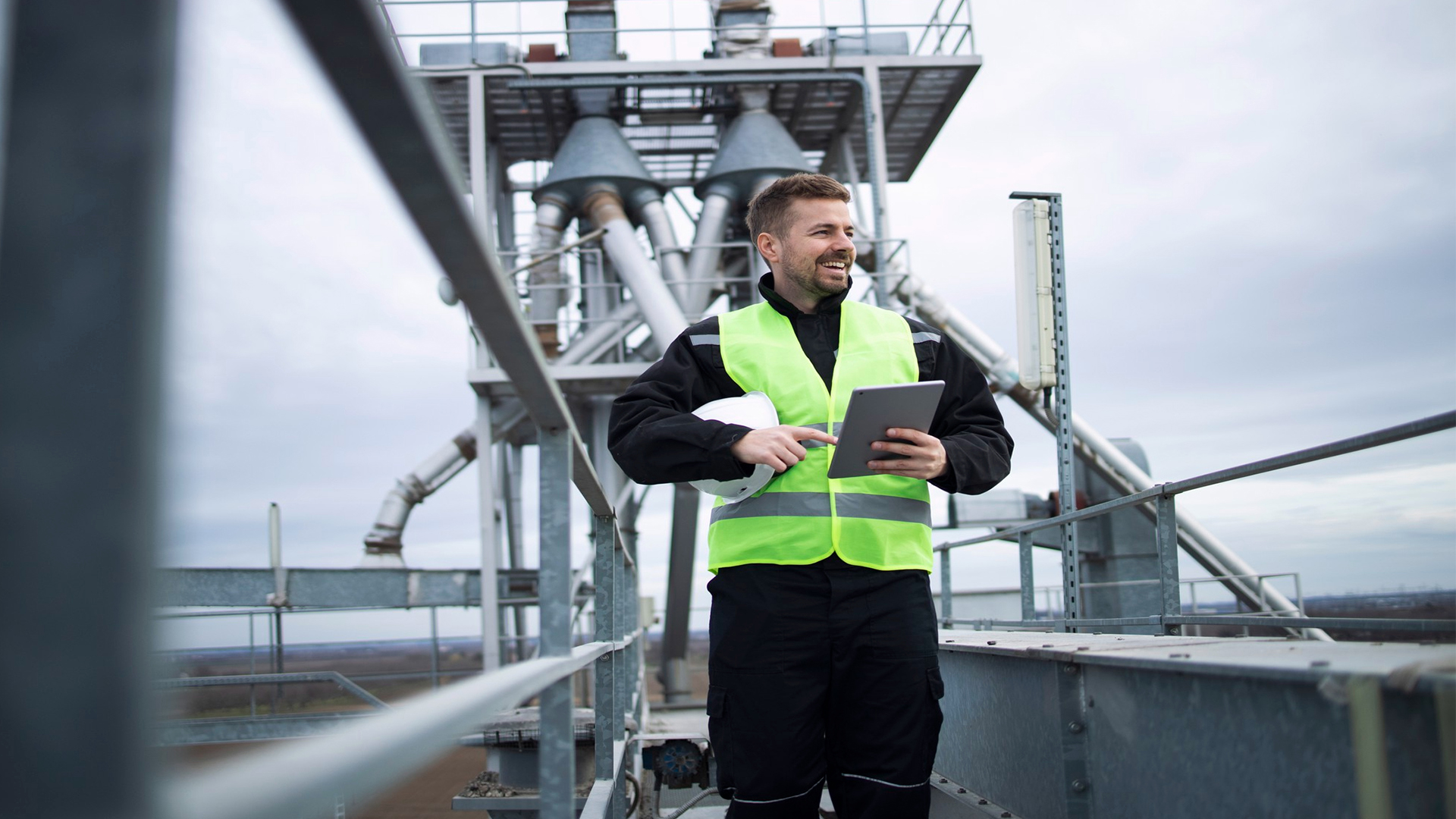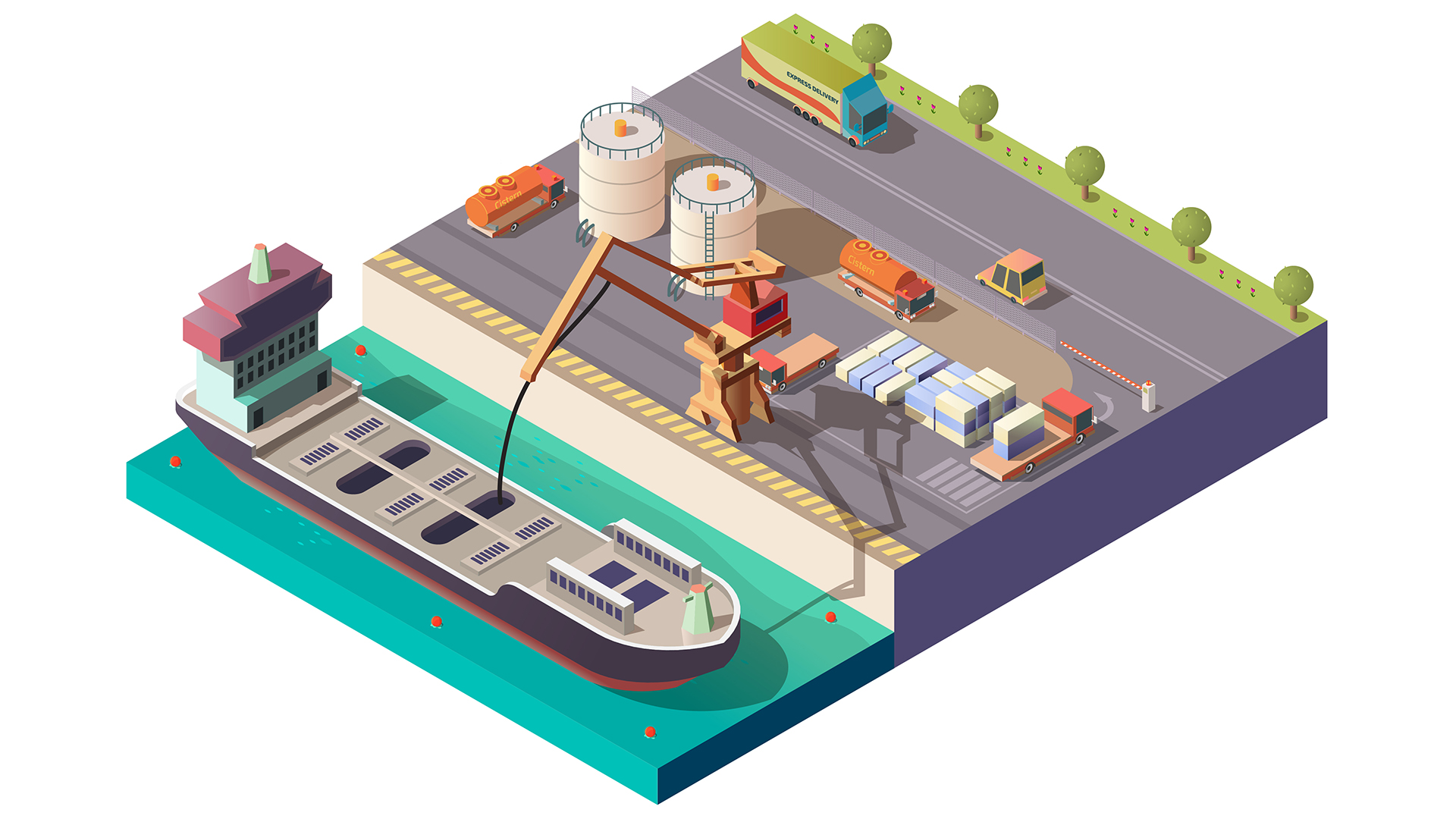
Permit To Work System Masterclass: Beginners To Advanced
Course overview
These days, environmental protection and health and safety management are the two main areas of management emphasis in practically every industry. Although safety has always been vital, the focus and actions taken in that regard have changed over time.
Systems for managing permits to work are used to make sure that work is completed effectively and, most importantly, safely. Because of the nature of the activities and associated dangers, these systems are common in industries deemed hazardous. All processes and procedures for requesting, reviewing, authorizing, documenting, and elucidating the activities to be performed by frontline workers are included in permit to work systems.
They are an essential component of work control and safeguard the vital maintenance process for the company. Overall work control includes isolating management, risk evaluation, hazard detection, and work permission. Adherence to work permits is crucial for process safety management.
The precise tasks, locations, and times of the labor are specified in these formal systems. In many organizations, the individuals carrying out the actual work are needed to sign a permit to work document attesting to their understanding of all system rules and procedures. Additionally, permits facilitate communication between the management of the organization and its employees on the job site.
They should not, however, be confused with thorough risk assessment, which must take place concurrently. The danger of losses or damage from unsafe behaviors in a non-trivial work environment is decreased when workers are authorized to operate systems as part of organizational operations.
Introduction
These systems guarantee that the right people are given the right tasks, and that experts or authorized workers who have demonstrated their ability to carry out the relevant responsibilities also conduct condition reviews or audits. In order for regular activities to resume, permit to work systems also verify that the job is finished safely and that the workspace is returned to its original, safe state.
With the help of this Training Bee training course, you will gain a thorough understanding of permit-to-work systems, including the different types of labor that require permissions. Additionally, you will be able to effectively carry out roles and responsibilities related to granting work permits or authorizing specific operations in your organization or in other organizations with the experience and knowledge you have gained from this course, expanding your opportunities for advancement and development.
The viewpoint and information you will get from this course will also enable you to play a crucial and significant part in maintaining workplace safety, lowering risks and associated losses, and ultimately assisting your company’s rapid, profitable growth.
We are The Training Bee, a global training and education firm providing services in many countries. We are specialized in capacity building and talent development solutions for individuals and organizations, with our highly customized programs and training sessions.
Learning Objectives
Upon completing Permit to Work System Procedure in Oil and Gas Industry, participants will be able to:
- Thorough understanding of work permit systems and information
- The knowledge and expertise needed to participate in maintaining safe and secure procedures and systems inside the company
- The essential competence and self-assurance to carry out important tasks like personnel authorizing or issuing work permits after verifying all relevant information, hence promoting career advancement and progression
- An awareness of industry-specific safety standards and universal practices, broadening one’s field of work and enabling one to work in any organization or industry that needs this kind of knowledge and assistance.
- The capacity and expertise to develop safety regulations and standards to protect people, property, and the environment
- The capacity to support the preservation of compliance standards
Our Unique Training Methodology
This interactive course comprises the following training methods:
- Journaling – This consists of setting a timer and letting your thoughts flow, unedited and unscripted recording events, ideas, and thoughts over a while, related to the topic.
- Social learning – Information and expertise exchanged amongst peers via computer-based technologies and interactive conversations including Blogging, instant messaging, and forums for debate in groups.
- Project-based learning
- Mind mapping and brainstorming – A session will be carried out between participants to uncover unique ideas, thoughts, and opinions having a quality discussion.
- Interactive sessions – The course will use informative lectures to introduce key concepts and theories related to the topic.
- Presentations – Participants will be presented with multimedia tools such as videos and graphics to enhance learning. These will be delivered engagingly and interactively.
Training Medium
This Permit to Work System Procedure in Oil and Gas Industry training is designed in a way that it can be delivered face-to-face and virtually.
Course Duration
This training is versatile in its delivery. The training can be delivered as a full-fledged 40-hour training program or a 15- hours crash course covering 5 hours of content each day over 3 days
Pre-course Assessment
Before you enroll in this course all we wanted to know is your exact mindset and your way of thinking.
For that, we have designed this questionnaire attached below.
- What is the main objective of the oil and gas industry’s Permit to Work (PTW) system?
- Enumerate the principal participants in the Process Transfer Work (PTW) and provide a brief explanation of their functions.
- Which are the primary job categories in the oil and gas industry that usually call for a PTW?
- Describe the distinction between a permit for “hot work” and one for “cold work.” Give instances of each.
- Why is a risk assessment necessary before a PTW is issued? What aspects of this assessment should be taken into account?
- Give the definition of “Isolation” in relation to the PTW system.
- What procedures must to be followed in order to finish a PTW paper, and why is precise documentation so important to the process?
Course Modules
This Permit to Work System Procedure in Oil and Gas Industry covers the following topics for understanding the essentials of the Agile Workplace:
Module 1 – Important Work Permit Features
- Imposed by the premises manager
- Issued by authorized, knowledgeable staff
- Particular to a task
- Without regard to risk assessment
- For a short time only
- Not refundable
Module 2 – Locations and Tasks Protected by a Permit
- Warm and roof functions
- Enclosed areas
- Systems of pressure
- High voltage electrical tasks
- Asbestos and lead spaces
- Demolition or excavation
Module 3 – Control Procedures for Granting Permits
- Physical inspections and assessments for hot work and roofs
- Isolation by means of cautions
- Termination upon operation’s conclusion
- Personnel training
- Before services resumed, a safety check
Module 4 – Aspects Taken into Account in Systems for Permitting Work
- Human elements
- Work permit system administration
- The workforce’s proficiency
- Incompetence, conscious or unconscious
- Goals of the system
- Kind of authorization needed
- Content of the license
Module 5 – What’s on a Work Permit Form
- An explanation of the tasks, people, and tools used
- Risks to be considered when doing activities
- Additional workgroups will be notified
- Approval for the work to start
- Period of validity of the permit
- Procedure for extending a permit for an extra time
Module 6 – Serious Issues Following Work Permit
- The wrong kind of permission was issued
- Inaccurate permission information
- Not recognizing the risks
- Conditions of employment permit not followed
- Inadequate safe transfer following operations
- Permit given by unapproved employees
Module 7 – Benefits of Work Permit Programs
- Identification of risks
- Authorization of Jobs
- The workspace and identification of skilled workers
- Specification for job duration
- Protection of personnel
- Secure work completion
Module 8 – The Work Permit Systems’ Drawbacks
- Inadequate hazard identification when approving multiple permits at once
- Production goals took precedence over precautions and safety
- Work delay brought on either a lack of a safety manager or defective equipment
- Untrained employees are granting permissions
- Preserving and updating records
Post-course Assessment
Participants need to complete an assessment post-course completion so our mentors will get to know their understanding of the course. A mentor will also have interrogative conversations with participants and provide valuable feedback.
- What is the main function of the Oil and Gas Industry Permit to Work (PTW) system, and how does it improve worker safety?
- Enumerate the principal participants in the Process Transfer Work (PTW) and provide a brief explanation of their functions.
- Give instances of job tasks in the oil and gas sector that call for a PTW and explain the rationale behind them.
- What should be the primary components of a typical PTW paper, and what makes them crucial?
- Explain the steps involved in carrying out a risk assessment as part of the PTW system. What aspects of this assessment should be taken into account?
Lessons Learned
Safety is Paramount: The most important lesson is that in the oil and gas industry, safety should always come first. To safeguard employees and the environment, the PTW system emphasizes the significance of careful risk assessment, hazard identification, and management methods.
Clearly Defined duties and Responsibilities: The PTW method emphasizes the necessity of clearly defining everyone’s duties and responsibilities. It’s critical that employees, managers, safety officials, and permit issuers are aware of and competent in their jobs.
Risk management: The system places a strong emphasis on how critical it is to identify and control risks. Before approving work, thorough risk assessments must be carried out in order to identify and reduce potential hazards.







